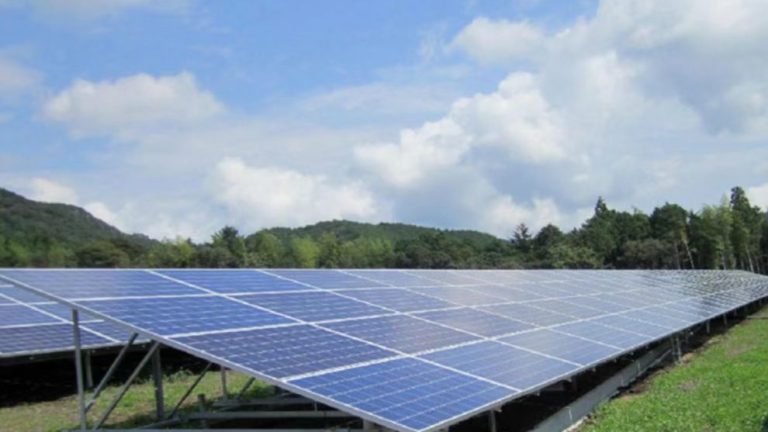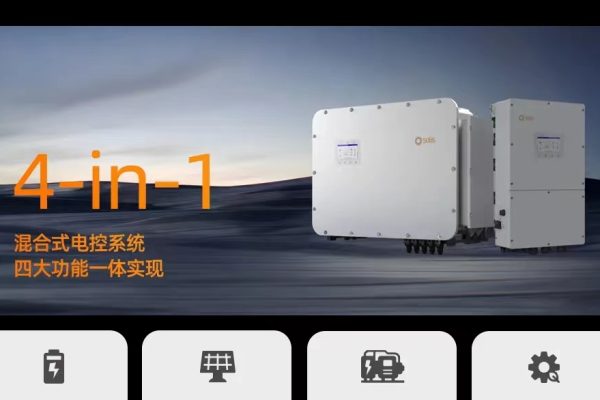If you are an exporter, distributor, or integrator working with PV + storage systems, sooner or later you will face a warranty claim. Being the middleman between the manufacturer and the end-customer is not always easy: customers expect quick solutions, while manufacturers may take weeks to respond or even dispute claims.
This article breaks down practical strategies for handling warranty issues, protecting your reputation, and maintaining smooth operations.
Why Warranty Claims Are Tricky for Middlemen
- Time Pressure: Customers often can’t wait weeks for replacement parts.
- Communication Gaps: Different time zones and languages slow responses from manufacturers.
- Cash Flow Risks: You may need to cover replacements before the manufacturer reimburses you.
- Brand Reputation: End-users don’t differentiate between “you” and the factory—you carry the blame.
Step 1: Set Expectations Upfront
The best warranty process begins before the sale.
- Document Terms Clearly: Always provide customers with warranty documents in writing.
- Explain Limitations: For example, batteries may have cycle-based warranties (e.g., 6,000 cycles or 5 years, whichever comes first).
- Define the Process: Make sure clients know what documentation is needed for claims (serial number, photos, test results).
This avoids misunderstandings when a problem arises.
Step 2: Standardize Your Claim Process
Have a clear, repeatable system so your customers feel supported:
- Initial Report: Gather model, serial number, purchase date, and description of failure.
- Evidence Collection: Require photos, error codes, or testing results.
- Preliminary Diagnosis: Train your team to do first-level checks (is it wiring, installation, or the product?).
- Escalation: If the fault is genuine, submit the case to the manufacturer.
A simple one-page warranty claim form can save hours of back-and-forth.
Step 3: Buffer Stock and Advance Replacements
One of the best ways to keep customers happy is to ship a replacement first, then resolve reimbursement with the manufacturer later.
- Keep Buffer Stock of critical components (inverters, BMS, control boards).
- Offer Advance Replacement for trusted clients, especially in B2B projects.
- Negotiate with manufacturers for RMA (Return Merchandise Authorization) terms that allow this flexibility.
Step 4: Protect Your Cash Flow
Warranty handling can drain small businesses if not managed carefully.
- Negotiate Shared Risk: Ask manufacturers to cover shipping both ways, or provide credit notes for replacements.
- Create a Warranty Reserve: Set aside 1–2% of revenue to handle urgent cases.
- Differentiate Policies: Offer basic warranty free, but premium clients can pay for “fast replacement service.”
Step 5: Maintain Transparent Communication
When delays happen, silence is your worst enemy.
- Update Customers Frequently: Even if you don’t have the part yet, weekly updates build trust.
- Be Honest About Responsibility: Avoid blaming the manufacturer—focus on solutions.
- Provide Alternatives: If a specific part is delayed, suggest temporary fixes (loaner equipment, partial operation).
Step 6: Learn From Each Case
Every warranty claim is a chance to improve your business:
- Track failure rates by product line and manufacturer.
- Use this data to negotiate better terms with suppliers or switch to more reliable brands.
- Provide feedback to R&D teams if you have strong manufacturer relationships.
For middlemen in the PV + storage industry, warranty handling is as much about customer experience as it is about technical problem-solving. By setting clear expectations, standardizing processes, keeping buffer stock, and managing communication carefully, you can turn warranty claims from a liability into a trust-building opportunity.
Handled well, even a failure can strengthen your customer’s confidence in you as a reliable partner.









